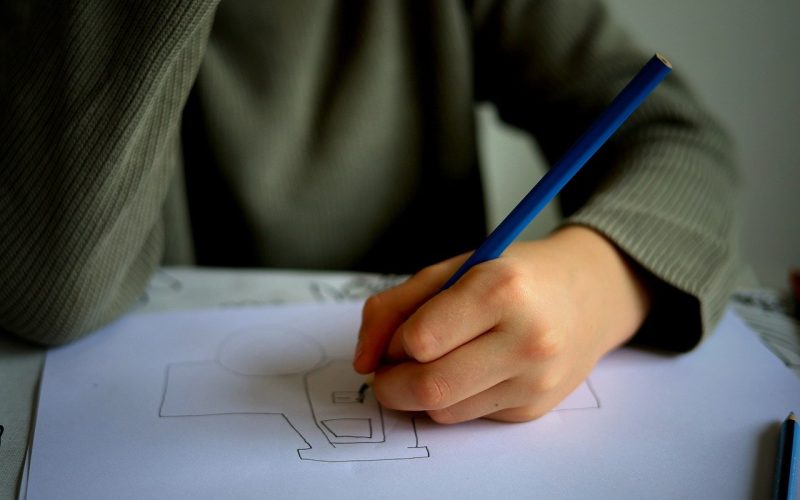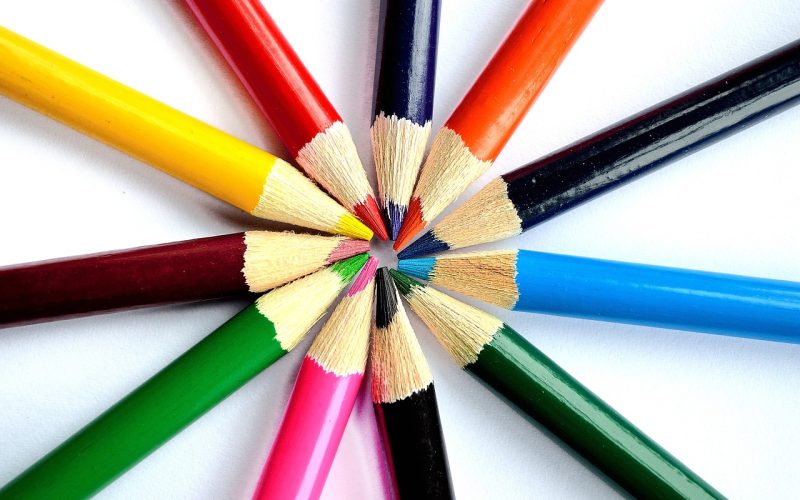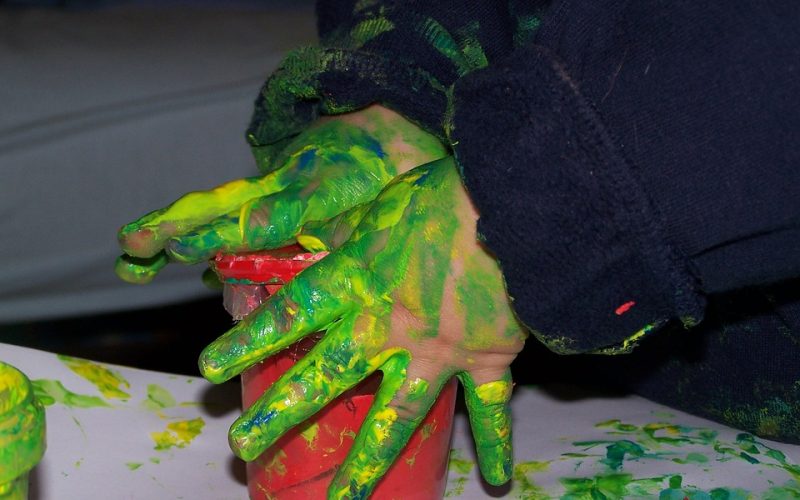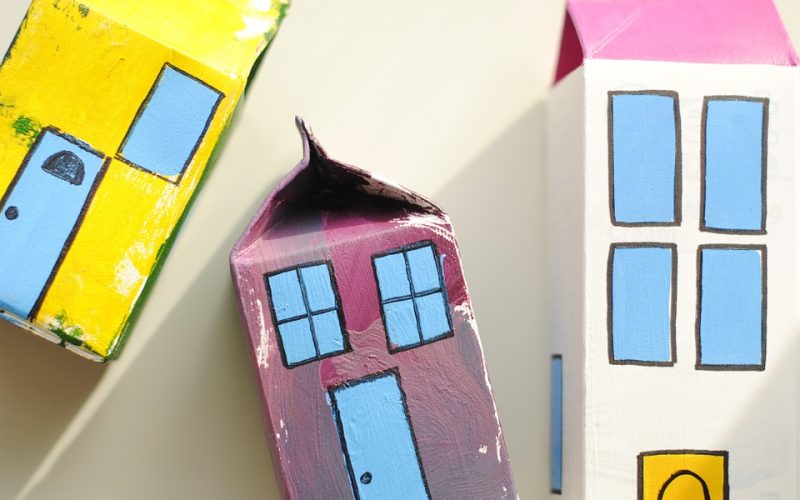When Children Make Art
Art has always been an essential part of human expression and communication. For children, the process of creating art can be an especially enriching experience that goes beyond simple fun. Engaging in artistic activities provides a platform for children to express their emotions, enhance their creativity, and develop critical cognitive abilities. Understanding the multifaceted benefits of art can help parents and educators foster a supportive environment that encourages young artists.
The creative outlet for self-expression
Children often find it challenging to articulate their feelings verbally. Art gives them the freedom to express emotions and thoughts in a visual and tangible way. Whether it’s through drawing, painting, or sculpting with clay, art allows children to communicate their inner world without the use of words. This form of self-expression is crucial for emotional development and can be particularly beneficial for those who may struggle with traditional forms of communication.
Enhancing cognitive development
Engaging in art activities stimulates a child’s brain in unique ways, supporting cognitive development. When children experiment with colours, shapes, and textures, they develop critical thinking skills and learn to make decisions. Additionally, art can enhance problem-solving abilities, as children learn to approach tasks creatively and think outside the box. Studies have shown that children who engage in regular art activities often perform better academically, as the skills they acquire through art translate into improved performance in subjects such as mathematics and science.
Building confidence and self-esteem
The act of creating something from scratch can boost a child's confidence and self-esteem. When children complete an art project, they experience a sense of accomplishment and pride in their work. This positive reinforcement encourages them to tackle new challenges and take risks, fostering a growth mindset. Furthermore, displaying their artwork in the home or classroom can further validate their efforts and reinforce their sense of self-worth.
Developing fine motor skills
Art activities, such as colouring, cutting, and sculpting, help children refine their fine motor skills. These activities require precise hand movements and coordination, which are crucial for writing and other daily tasks. By engaging in art, children develop the dexterity and control needed to manipulate small objects, enhancing their hand-eye coordination and preparing them for more complex tasks.
Encouraging social interaction and collaboration
Creating art in a group setting can promote social interaction and teamwork. When children collaborate on projects, they learn to share ideas, negotiate, and respect each other's contributions. This collaborative process helps build social skills and teaches children the value of working together towards a common goal. Group art activities also provide opportunities for children to learn from one another, broadening their perspectives and inspiring them to explore new techniques.
Fostering a lifelong appreciation for the arts
Introducing children to art at a young age can instil a lifelong appreciation for the arts. By encouraging exploration and experimentation, parents and educators can nurture a child's innate curiosity and passion for creativity. This early exposure can lead to a lifelong love of the arts, enriching their lives and opening doors to various career paths and hobbies.
The joys of making art for children are manifold, offering benefits that extend far beyond the canvas. By providing children with opportunities to explore their creativity, express themselves, and develop essential skills, we lay the foundation for a well-rounded and fulfilling life. Encouraging children to engage in art not only supports their development but also enriches their lives in countless ways.



















